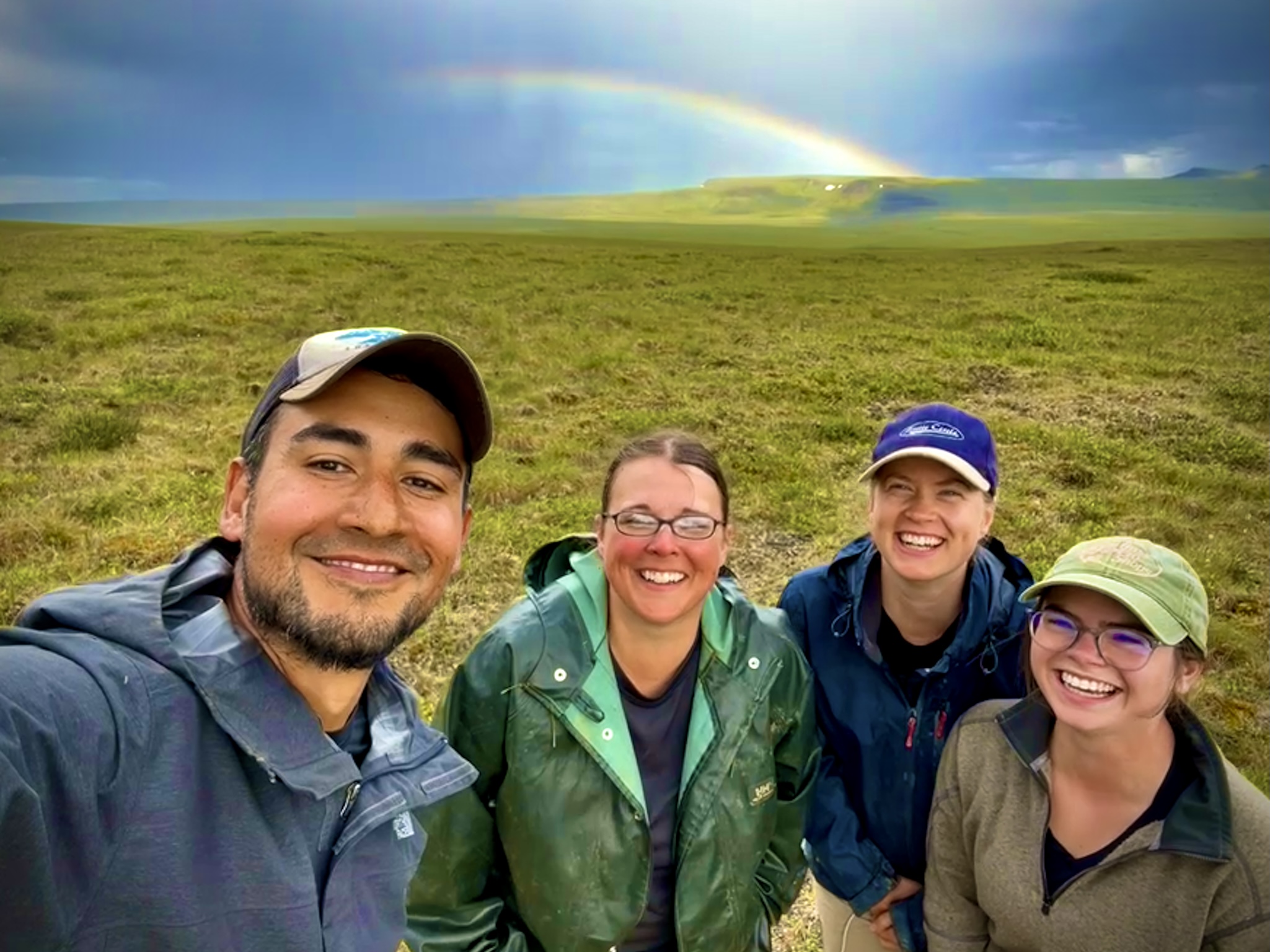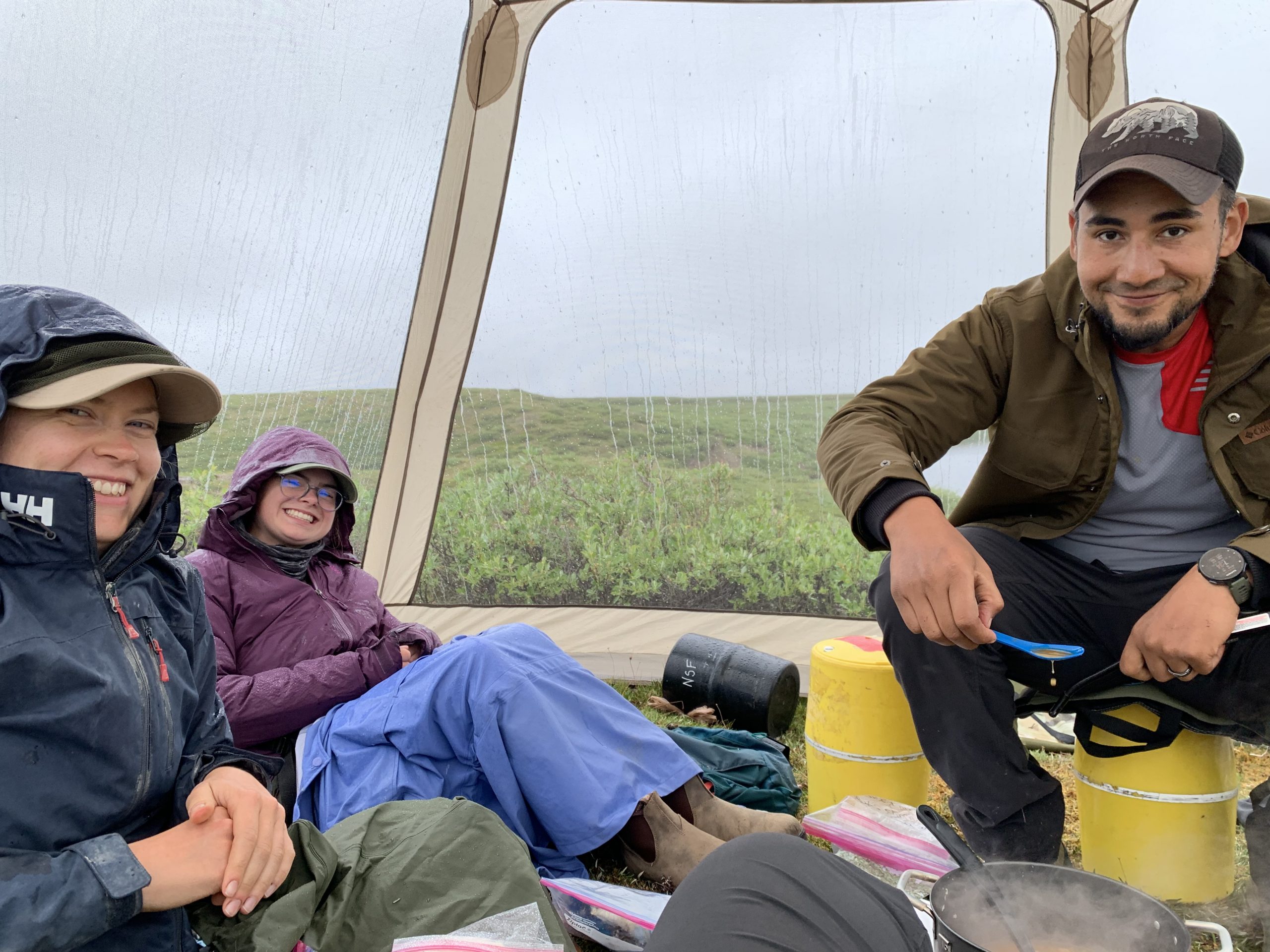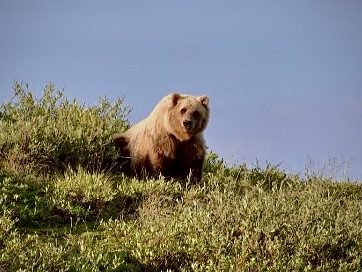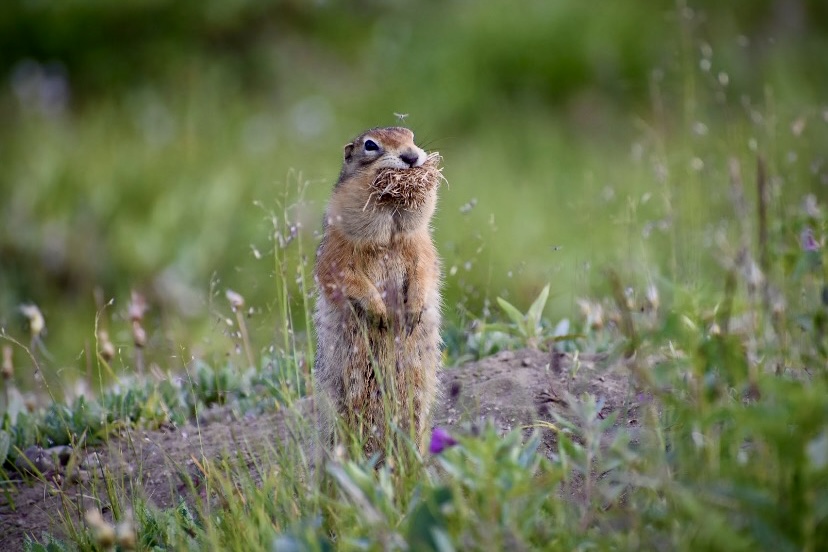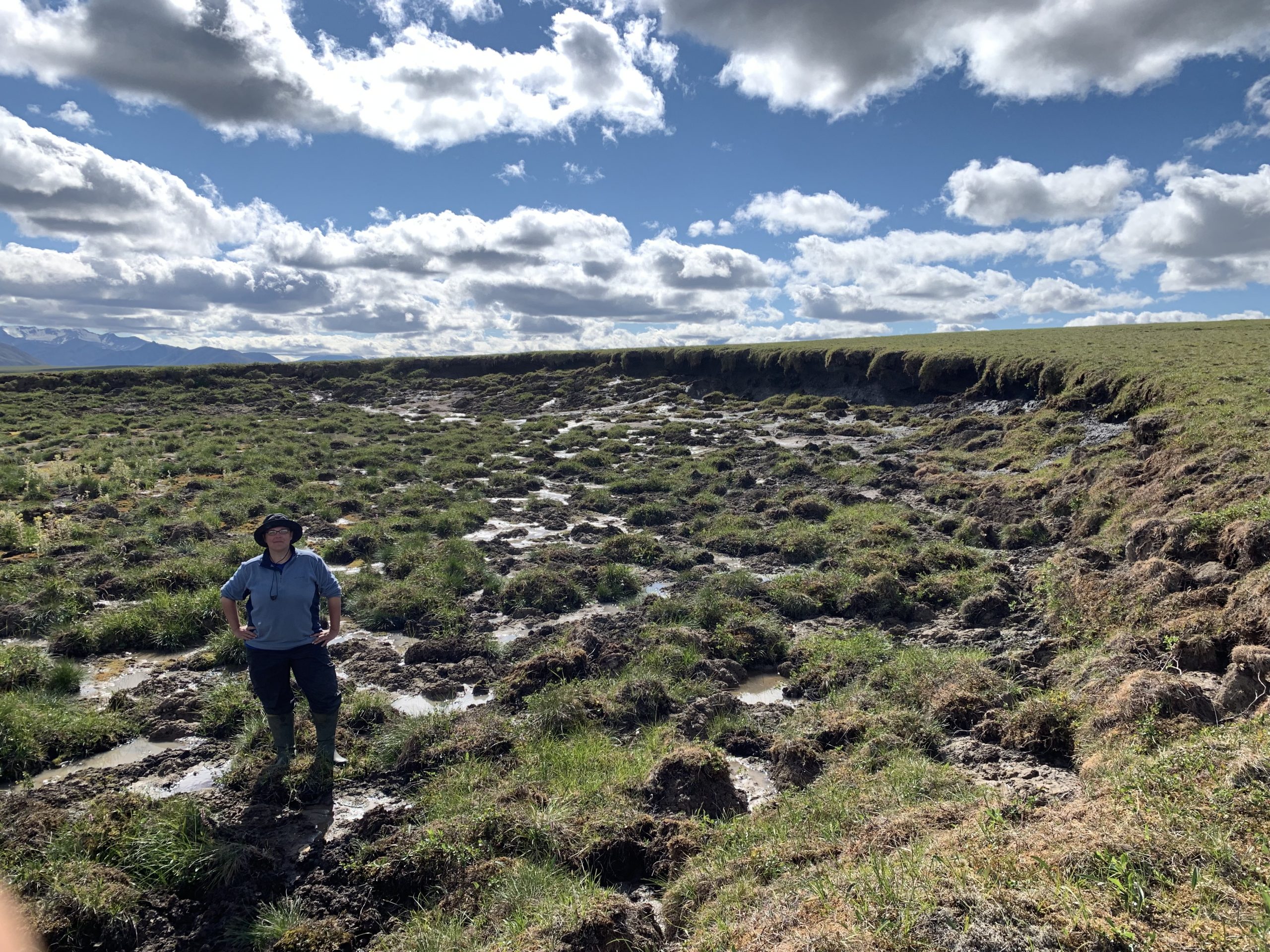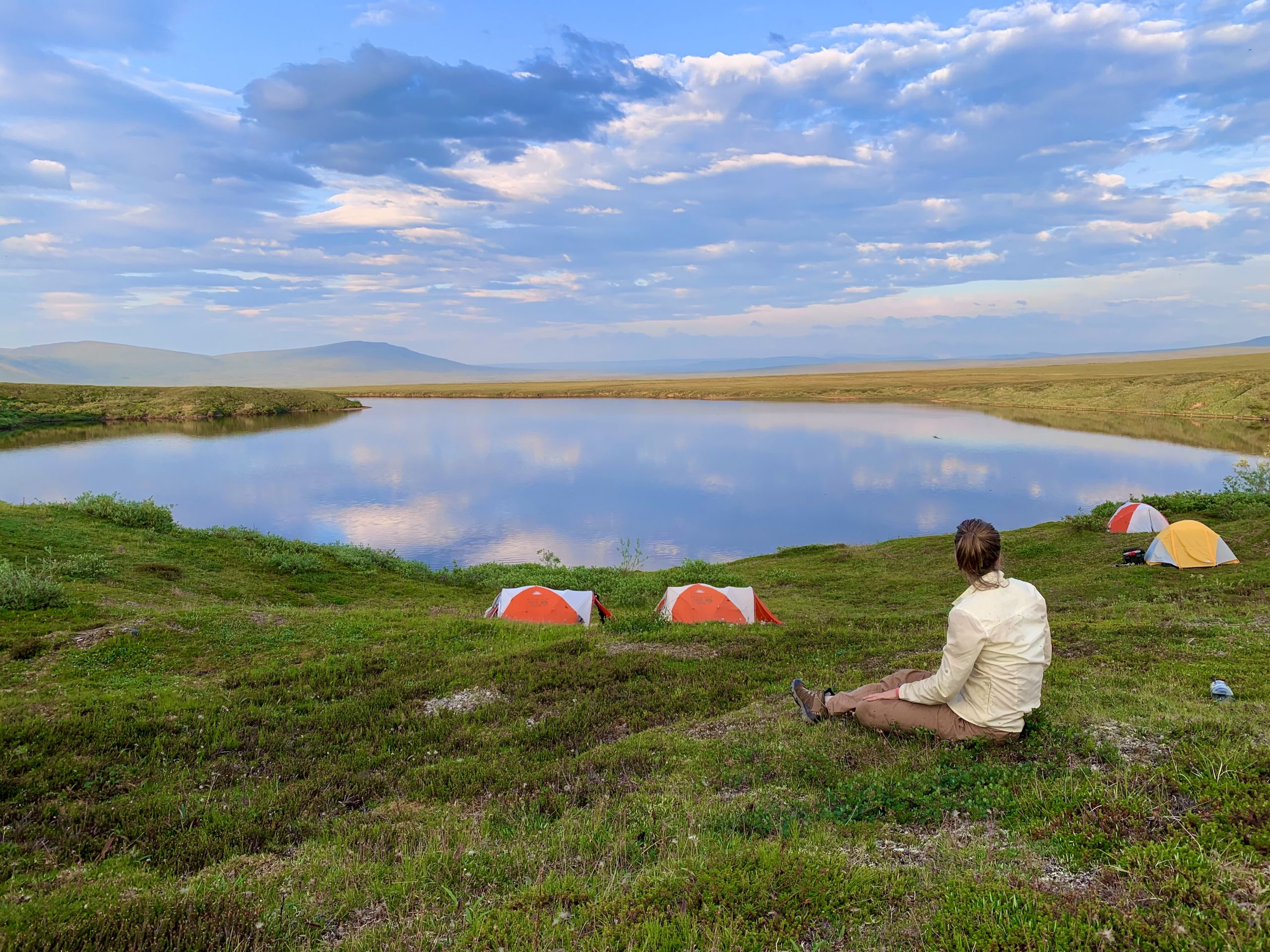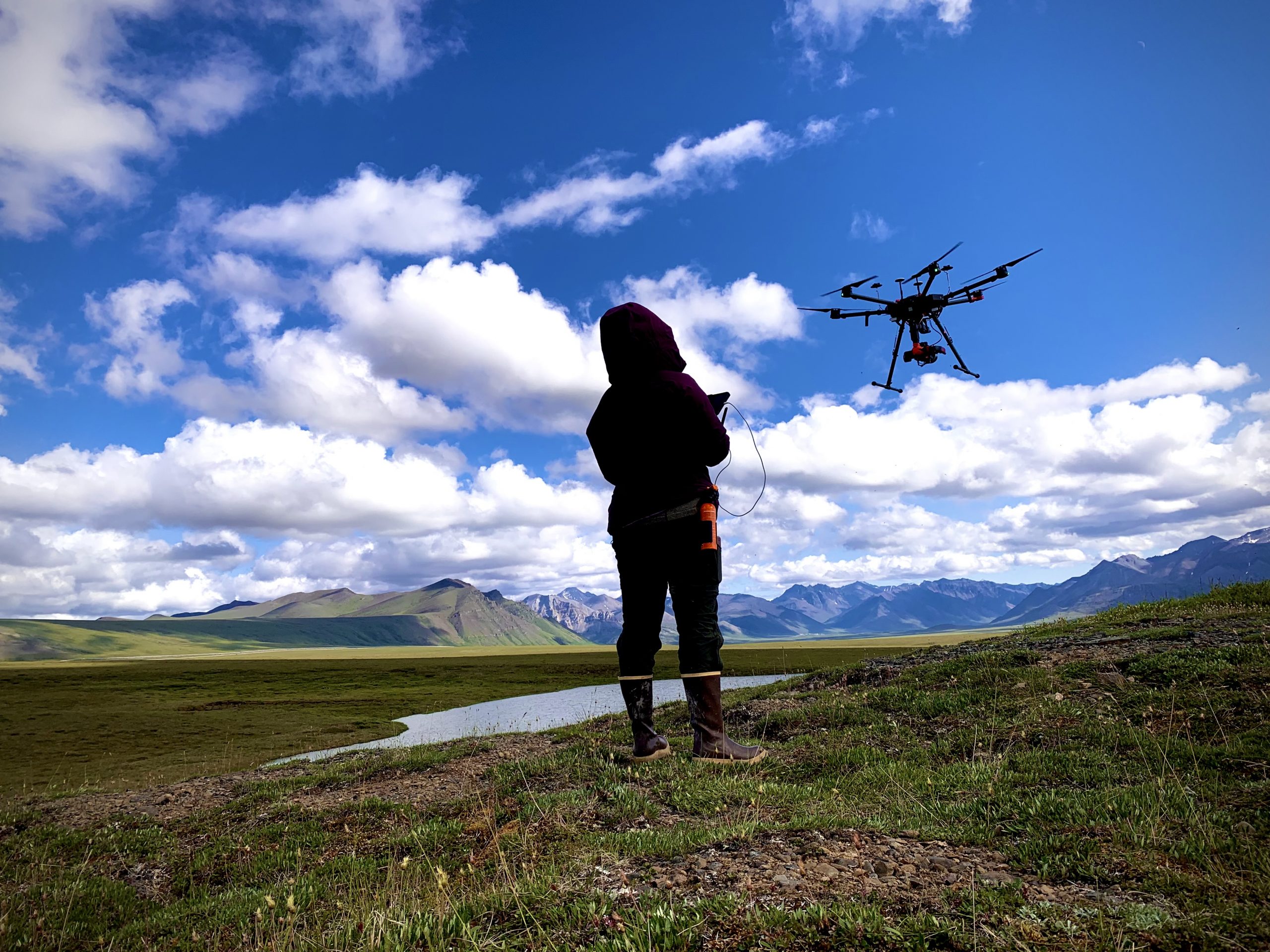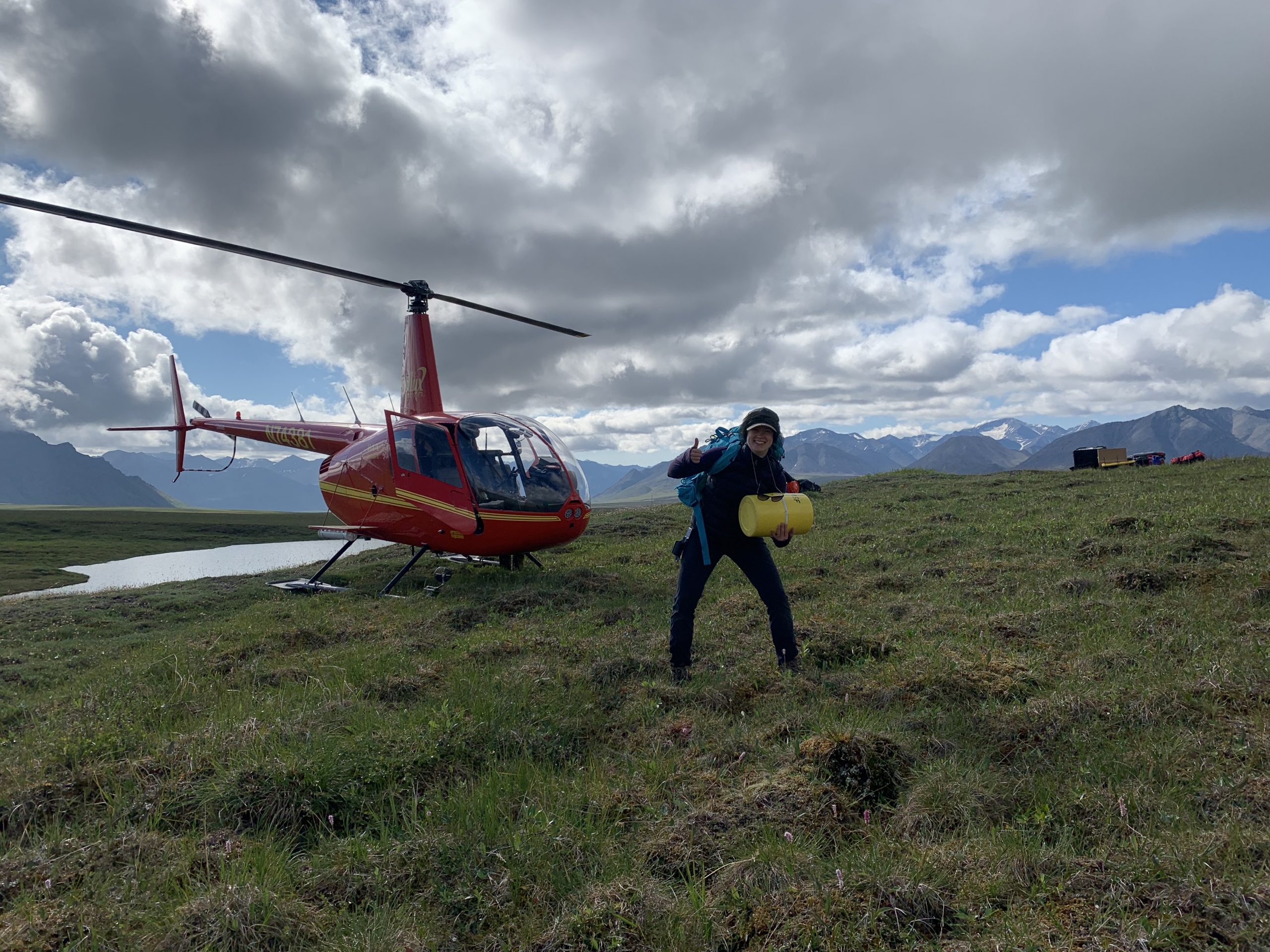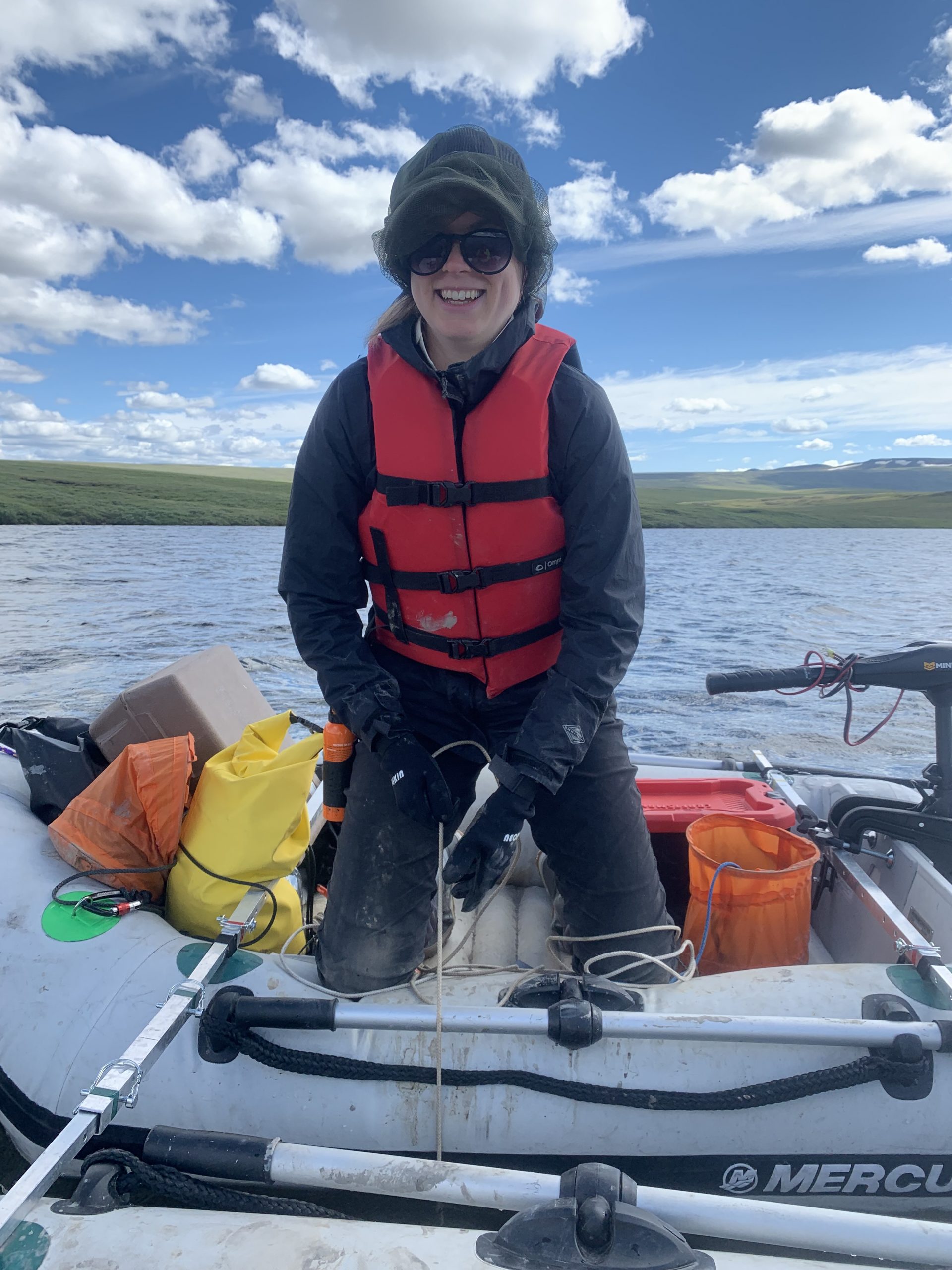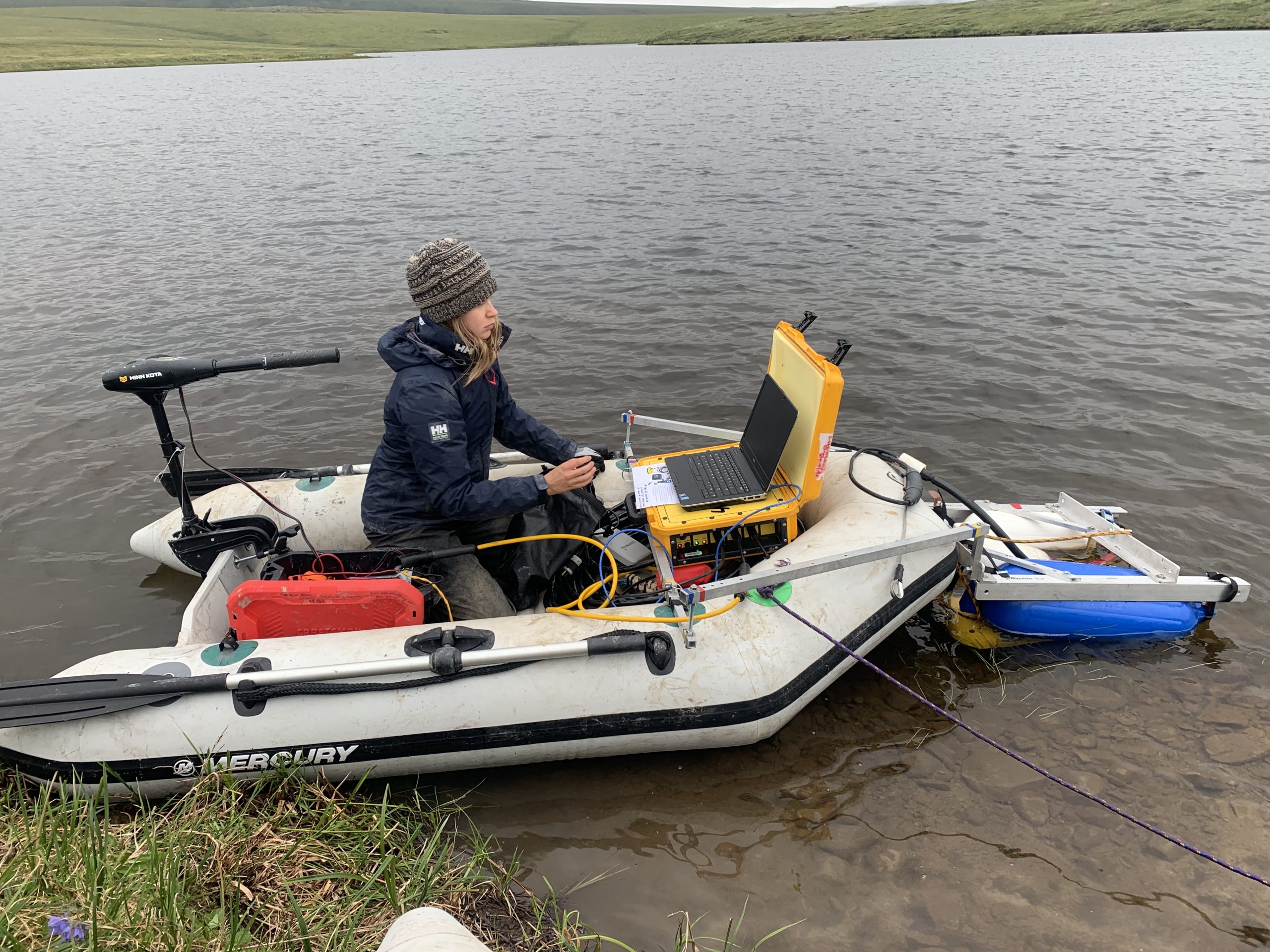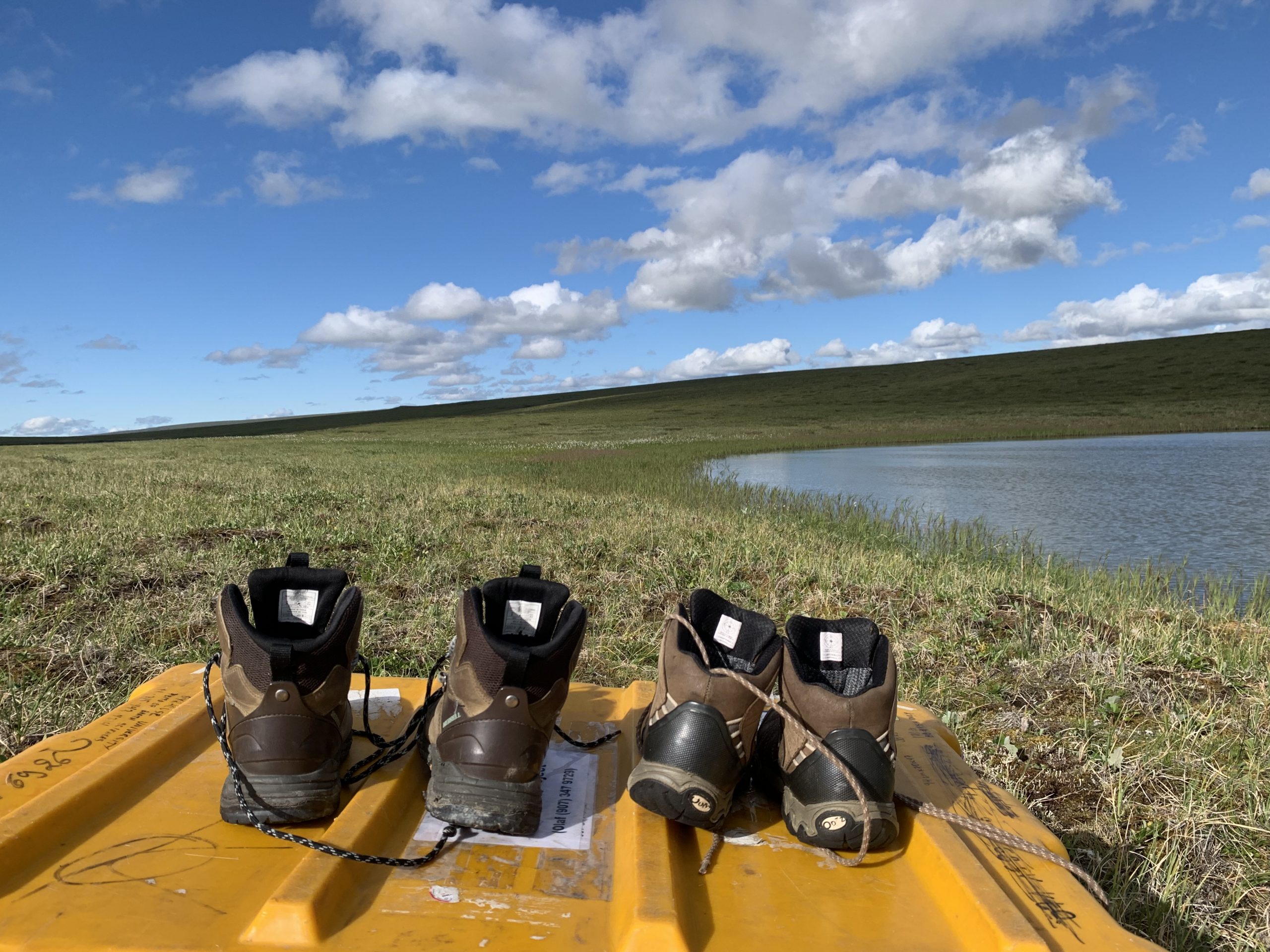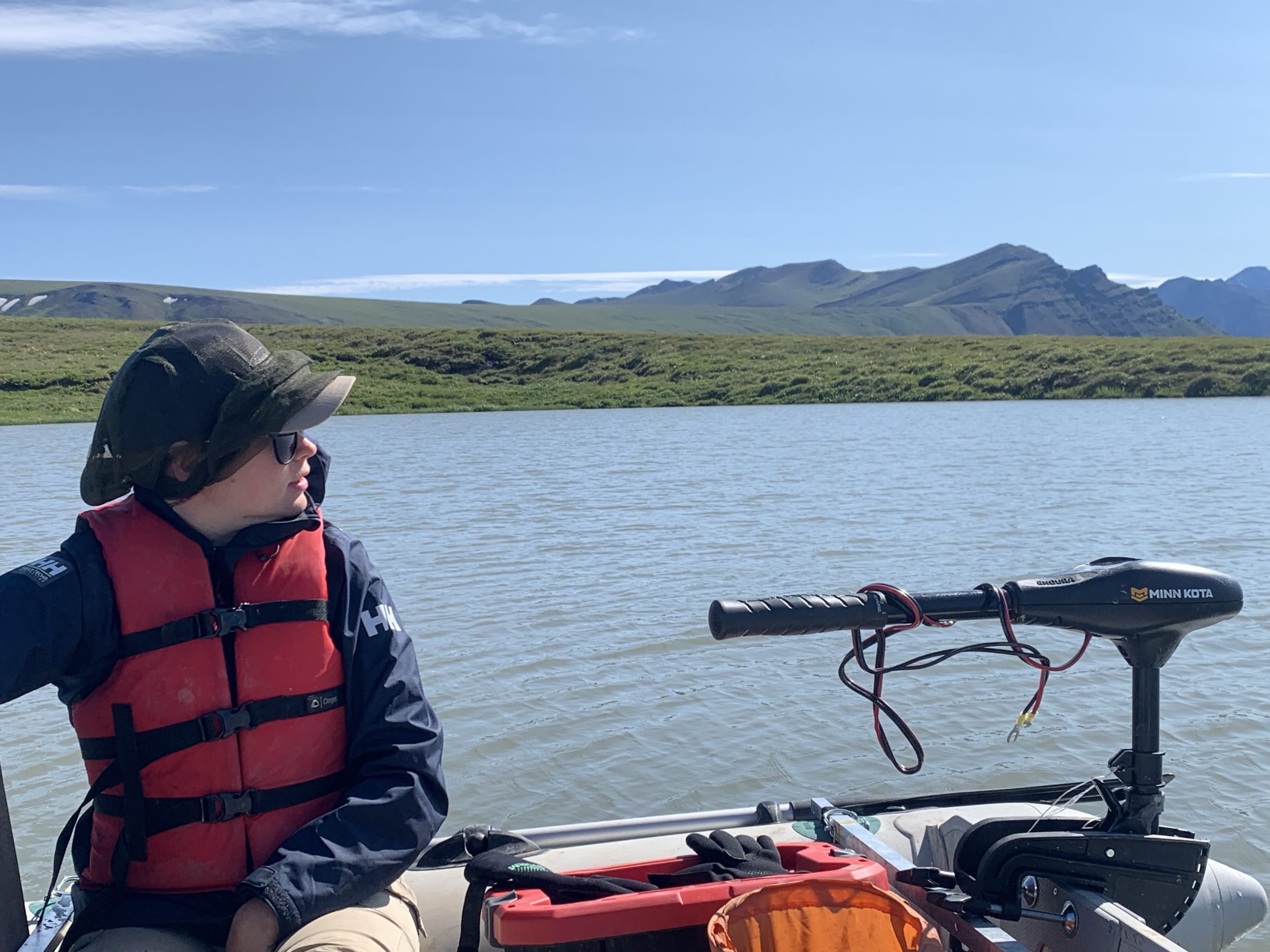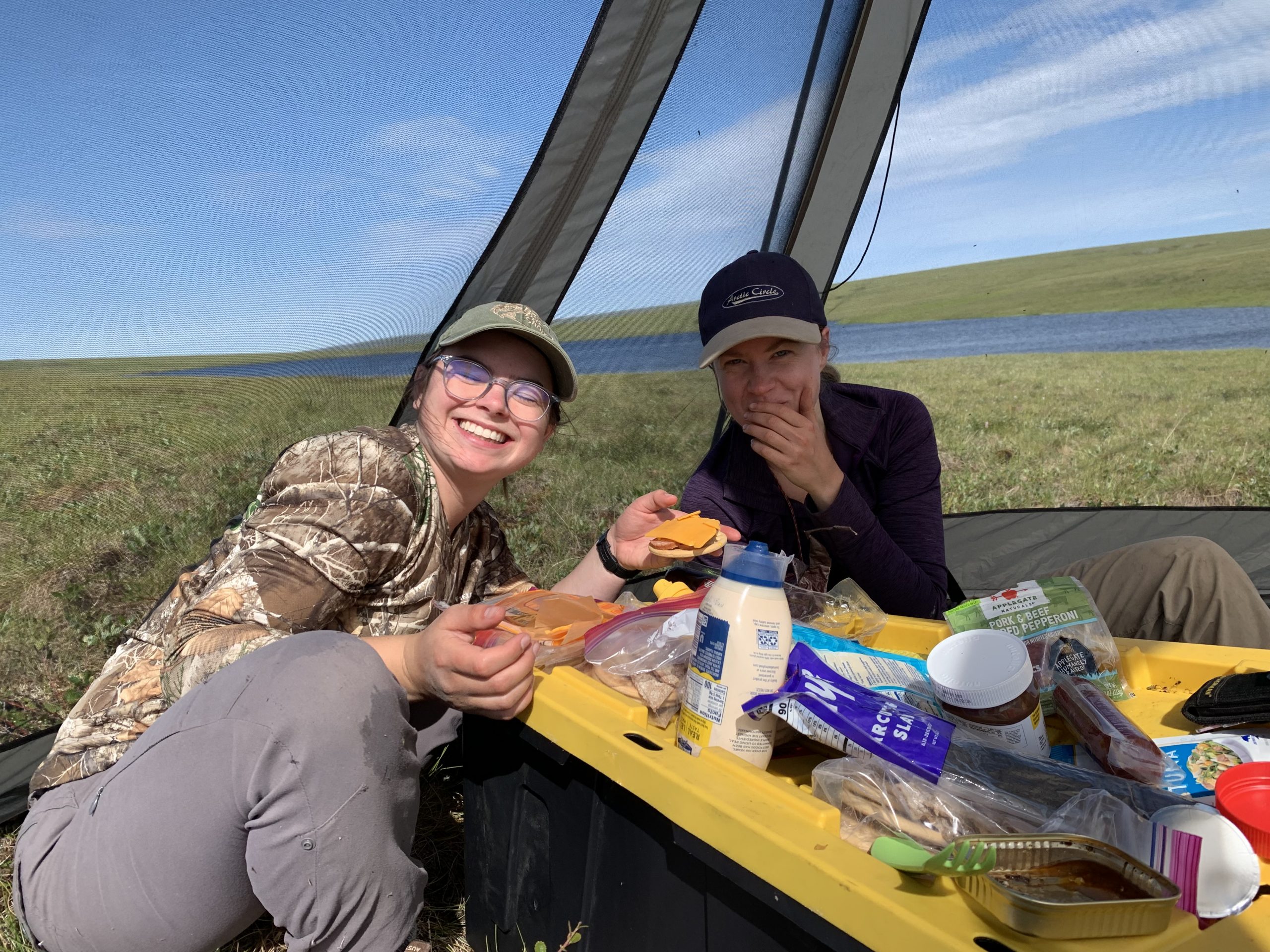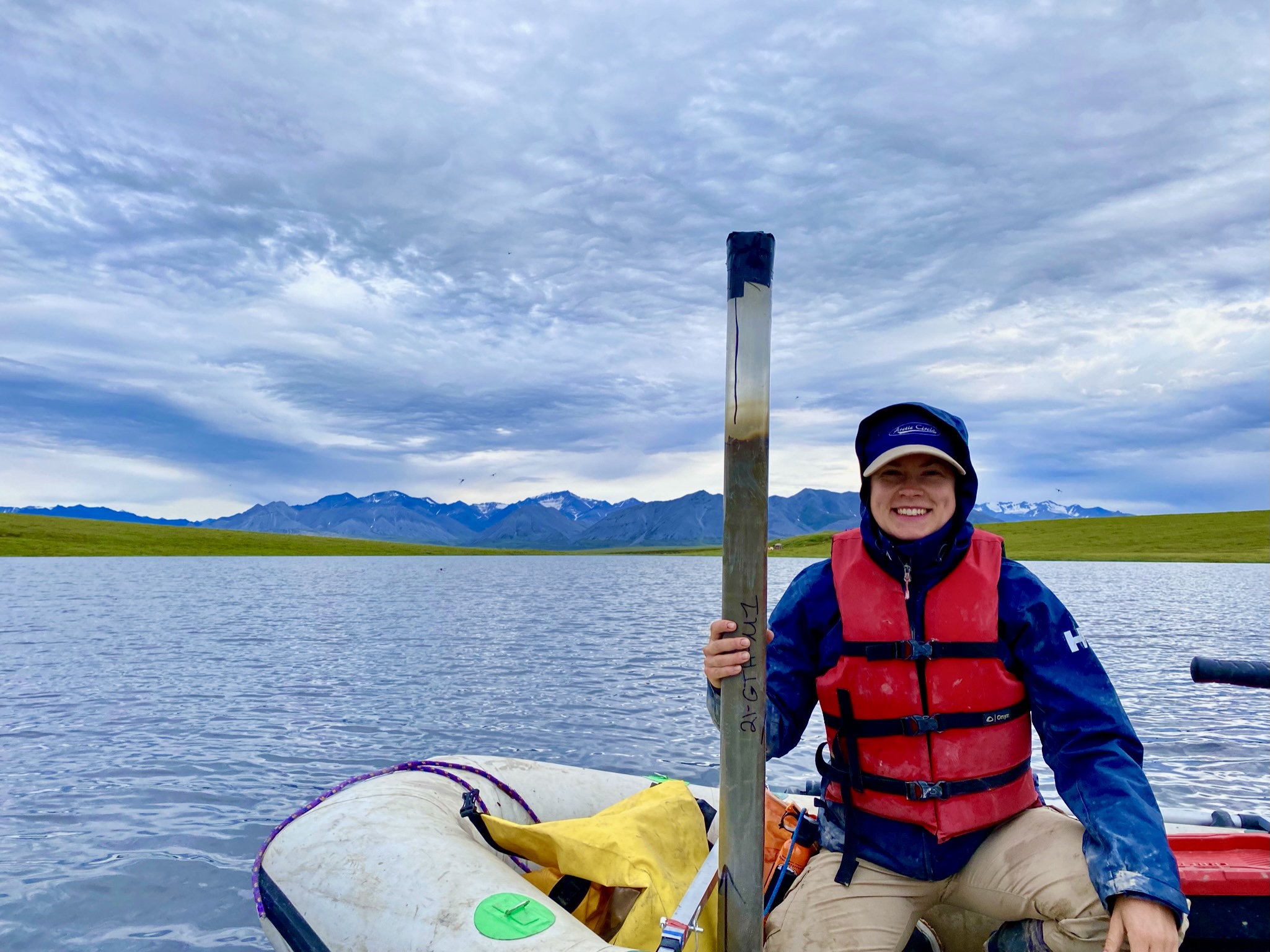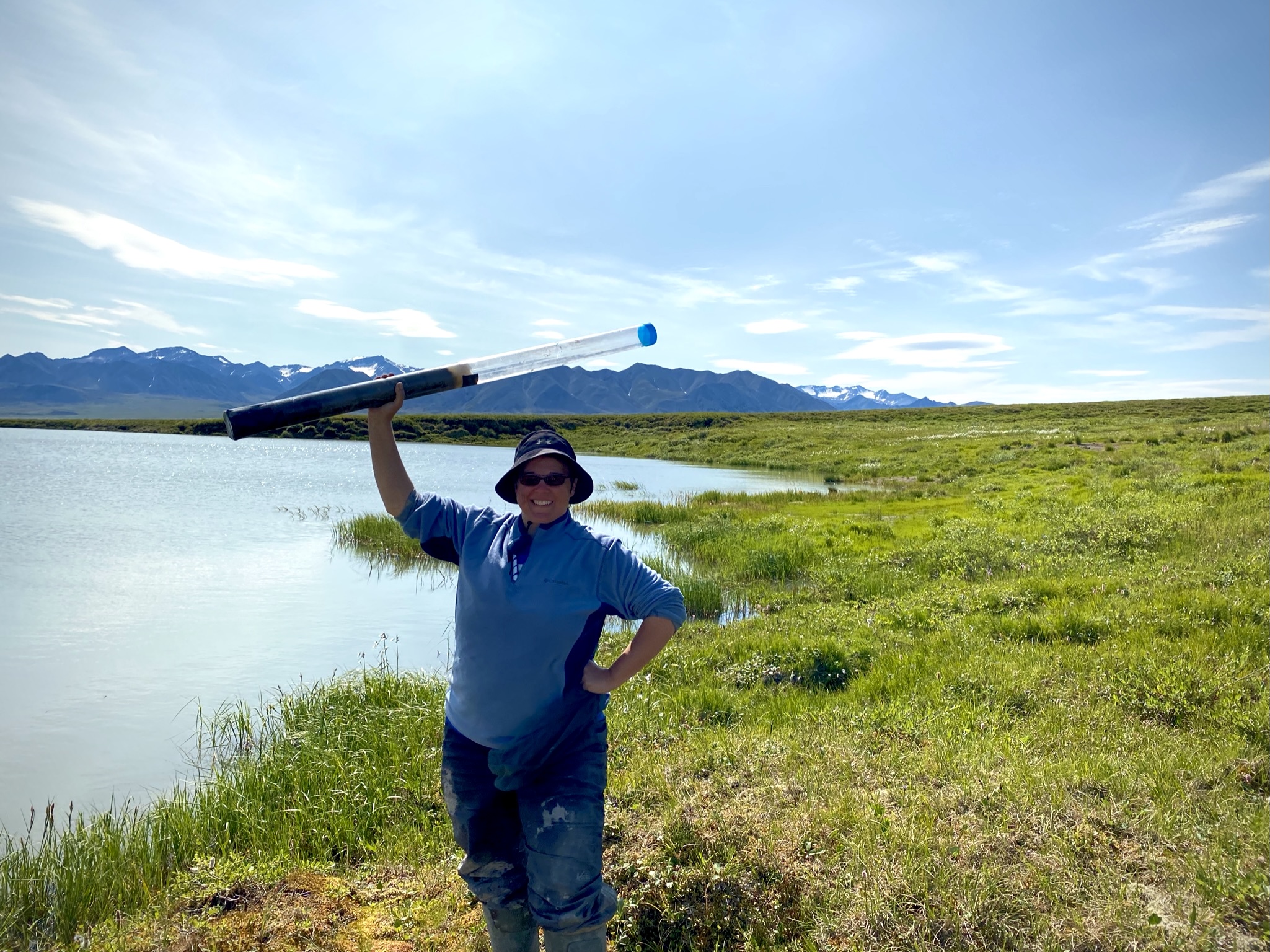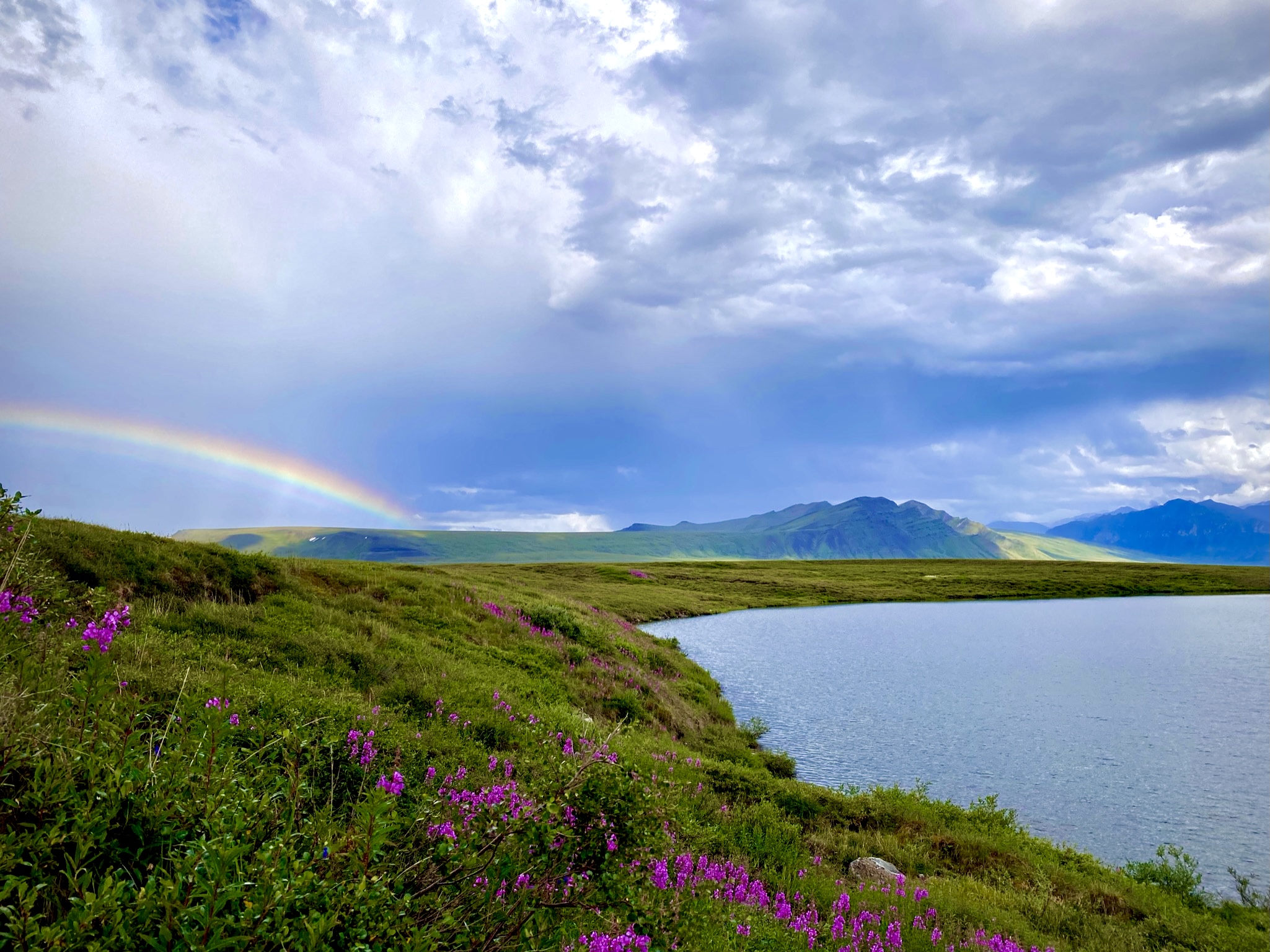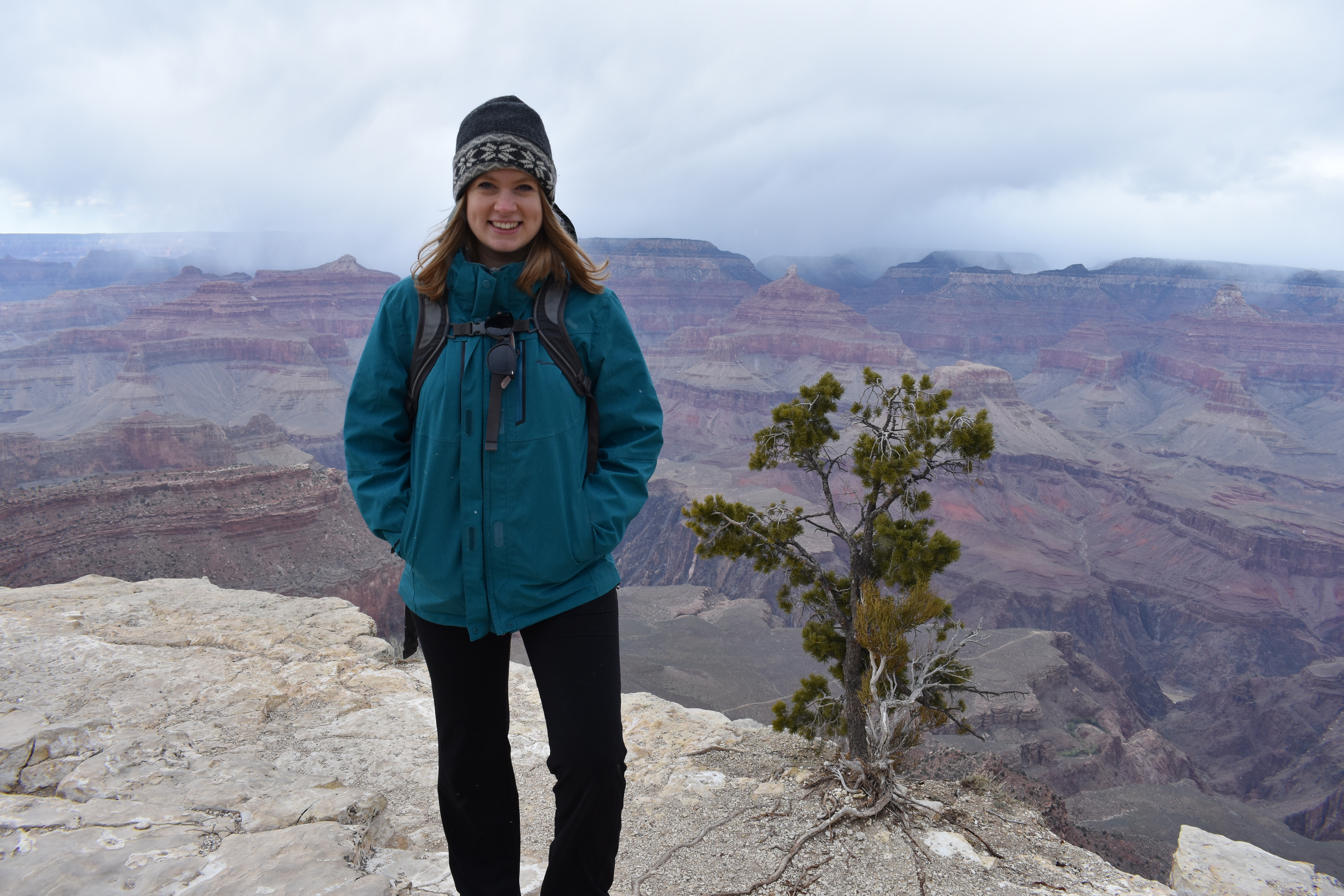Dr. Melissa Chipman
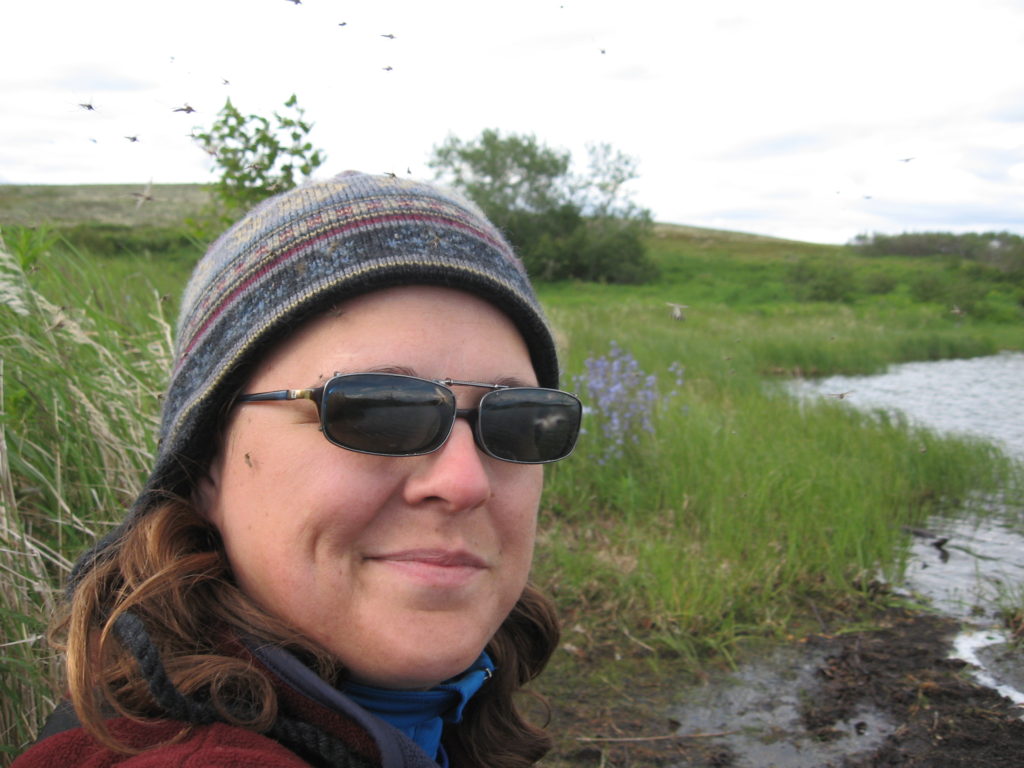
I am a paleoecologist specializing in both climate and environmental reconstructions in the Arctic. Specifically, I examine geologic and biological material from lake sediment cores. Many lakes in the Arctic are thousands of years old, and sediment cores extracted from these lakes contain a wealth of information about how these sensitive systems have changed through time, in response to both natural variability and recent human influences. My lab group combines ecological analyses of fossil material, such as insect remains and charcoal particles, with geochemical techniques to reconstruct past environments and processes.
Current Graduate Students
Briana Edgerton, Ph.D. Candidate, Earth and Environmental Sciences
I have a B.S. degree in Geology from Allegheny College. My background lies primarily in sedimentology and my interest is in paleoclimatology. In particular, my research will focus on on Holocene climate reconstructions from Greenland. Ice core records show climate variations during the Holocene, but terrestrial records from this time period are sparse, and thus our understanding of past climate in this sensitive region is incomplete. My research will capitalize on the link between stable isotope signatures of insect remains and past environmental and ecological changes. I will analyze 14C dates and oxygen isotopes of biological material in lake sediment cores from southwest Greenland to constrain past climate variability. Depending on the sediment age, my record will help constrain either all or a portion of the Holocene climate history of this region. Stay tuned to find out!
Ilexxis Carmen Morales, Ph.D. Student, Earth and Environmental Sciences

I have a B.S. in Marine Science and a M.S. in Environmental Science from Florida Gulf Coast University. My previous research was in hurricane overwash deposits in back-barrier lagoons by collecting and analyzing sediment cores. Geologic proxies like grain size analyses and radiometric dating allowed us to reconstruct hurricane history through time and understand how humans may have impacted landfalls. Here at Syracuse I will be focused on permafrost thaw slumps located in northern Alaska, where these features deposit sediment to adjacent Arctic lakes.The main objective of my research is to evaluate permafrost degradation through time and interactions with climate.
Lee Frank-Depue, Ph.D. Student, Earth and Environmental Sciences
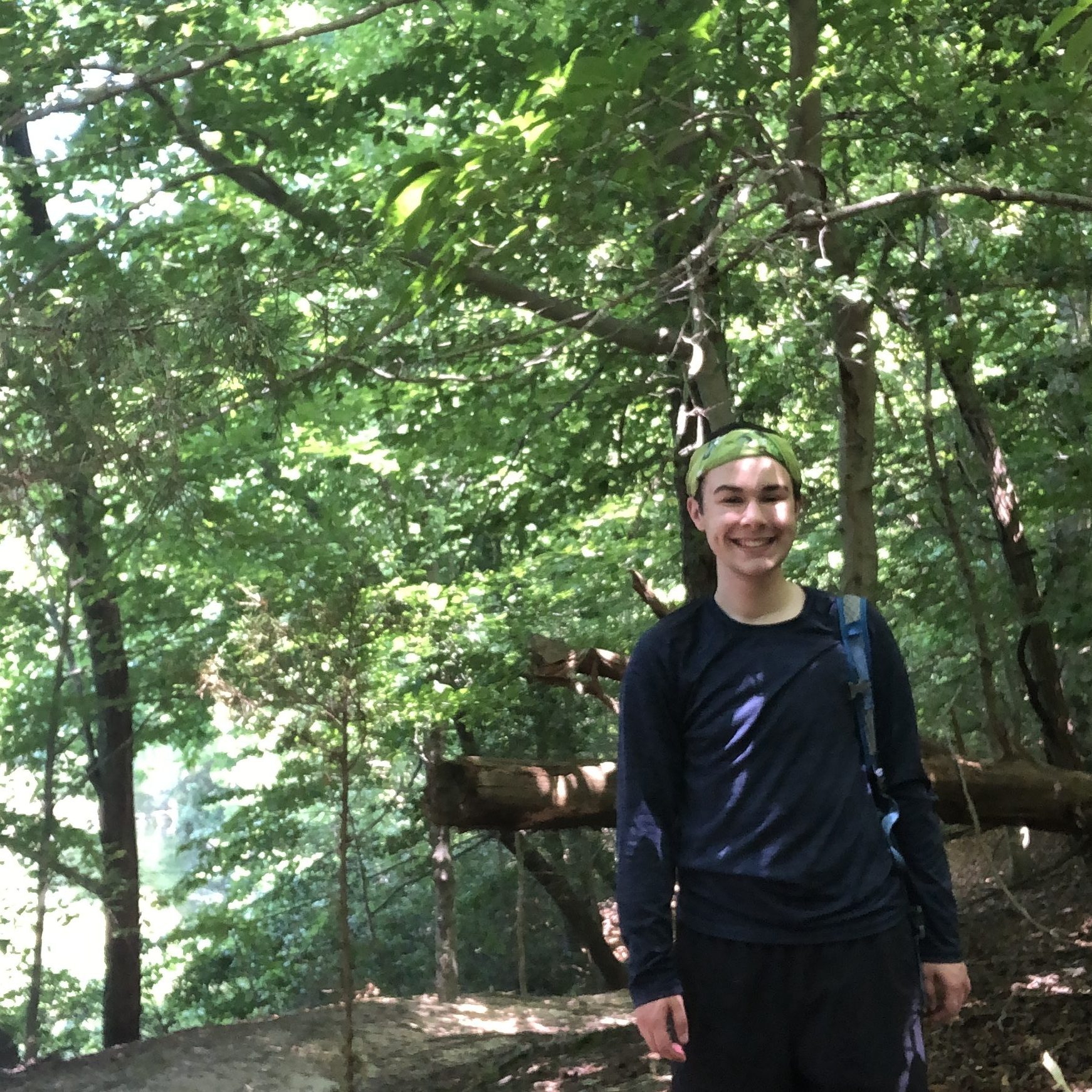
I have a B.S. in Geology from the College of William & Mary. My research background is in paleolimnology and paleoclimatology with a special interest in sedimentary charcoal. Reconstructing fire records using both chemical and physical proxies allows me to investigate human-ecosystem interactions on various timescales, as well as to pursue the effects of climate change on regional fire regimes. My research will focus on the comparison of charcoal records in fire-prone boreal forest and fire-sparse tundra sites in Alaska.
Jessica Garrison, M.S. Student, Earth and Environmental Sciences
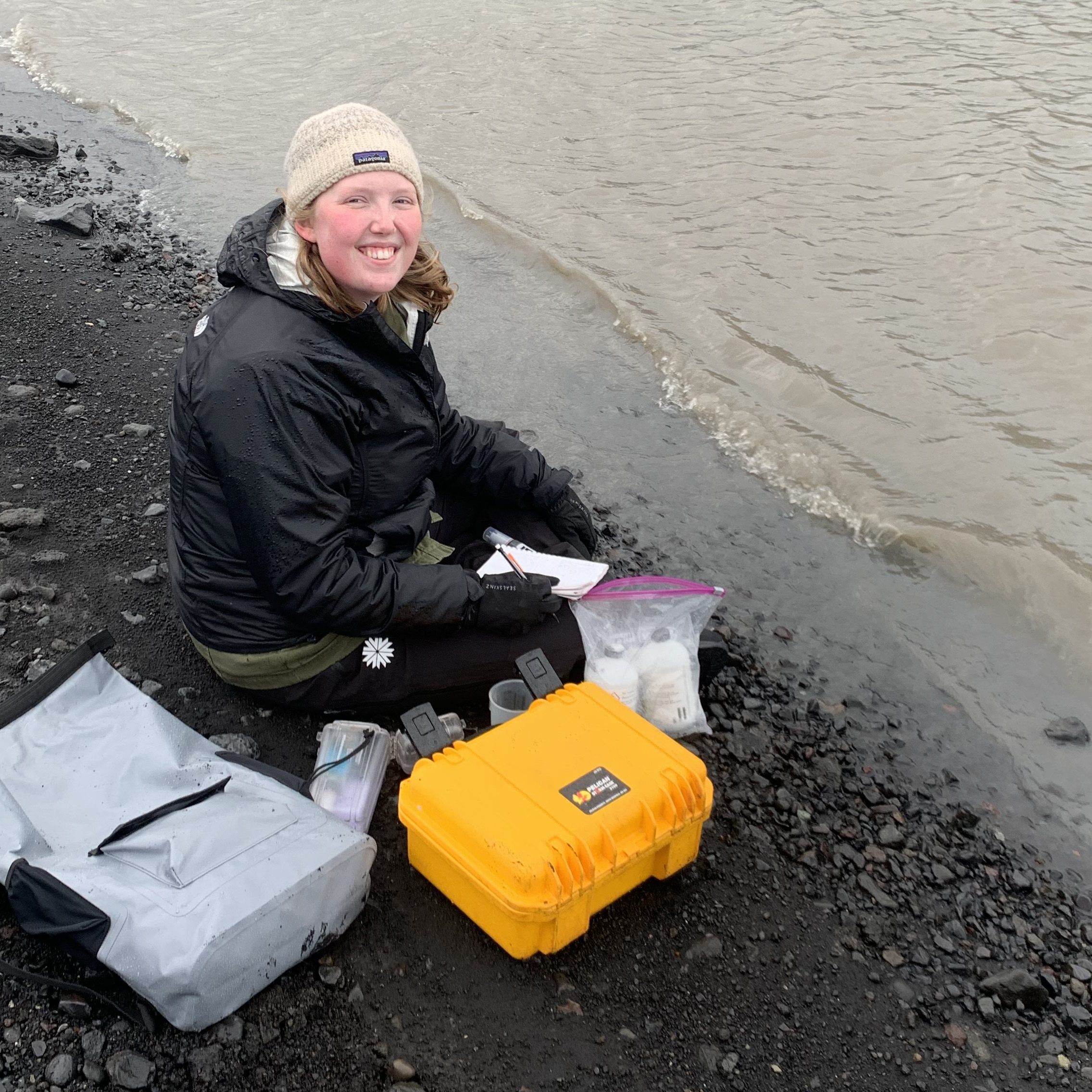
I received my B.S. degree in Geology from Western Kentucky University. My interest is in paleolimnology in high latitudes, specifically thermoerosion events and retrogressive thaw slumps in Northern Alaskan permafrost. Increased permafrost thaw from warming temperatures may result in increased number of thermoerosion events in ice-rich terrain. This includes retrogressive thaw slumps that may release releases large amounts of sediment into lakes. There is an established correlation between warm temperatures and slumps on millennial timescales in Alaska, but records for thaw slump sediments as a proxy of past events are incomplete. My focus will be analyzing geochemical variations and sediment grain size to identify past events in a lake’s history.
Recent Graduates
Eric Deutsch, M.S. in Earth Sciences
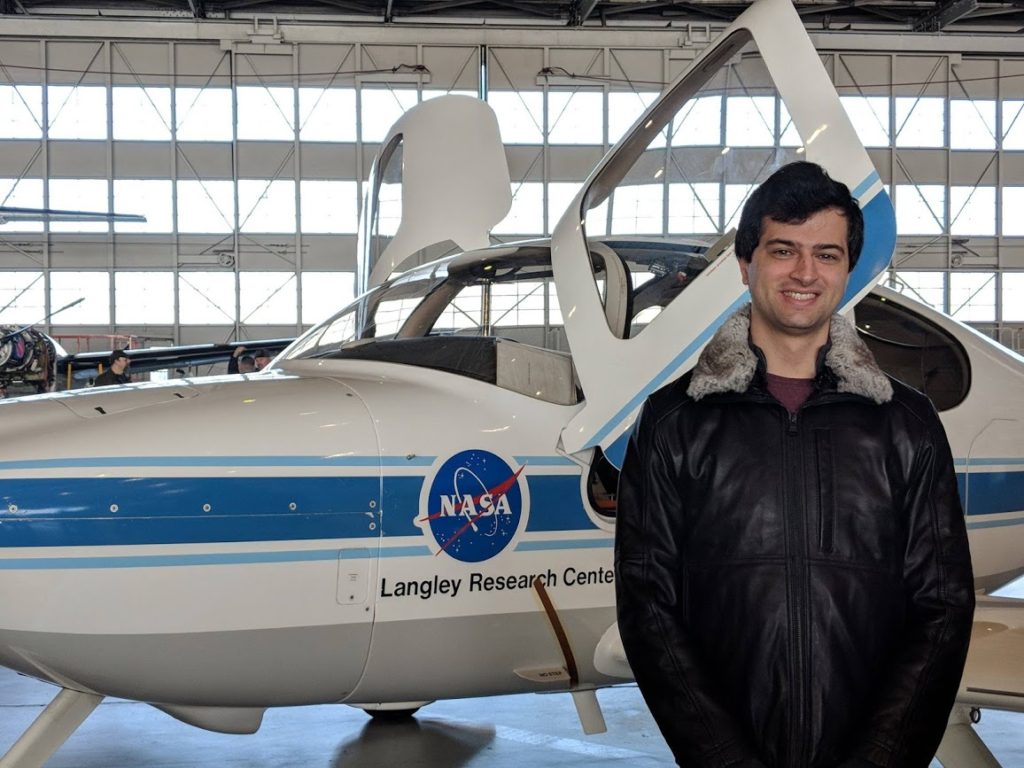
I am interested in pursuing an Earth sciences research career that utilizes optical remote sensing techniques and geographic information systems to understand various Earth processes. Remote sensing is a very powerful tool for understanding many surficial and ecological processes. My research often attempts to use this technology to replace or augment in situ data collection. I am particularly interested in multispectral and hyperspectral sensors and have conducted research on topics such as Harmful Algal Blooms, river and coastline change, and glacial retreat at facilities such as NASA Glenn Research Center and NASA Langley Research Center.
Field Photos
Summer 2021 – Alaskan North Slope
